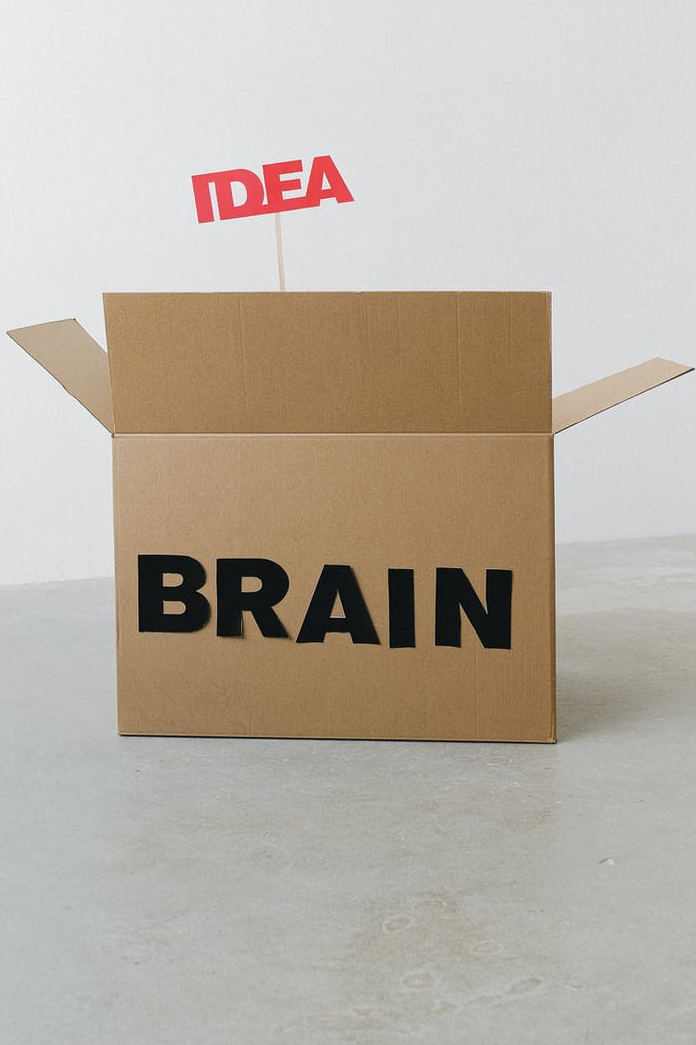Pablo Picasso’s Brain
26075
No, it’s not the Christmas lottery number (as far as I know).
It’s the number of works Picasso created over his 91 years of life.
Some even say that this number is false and it’s around 50000.
Either way, it’s a number that almost scares if we think about the amount of work he had to create in a week. Consistently. All the time.
Do you think Picasso had a magnet for creativity? Or is there something he perhaps knew and we… are overlooking?
Creativity on the left or creativity on the right?

Historically, we have thought that the right part of the brain is dedicated to being creative and that the right side is more logical. We’ve made that division and depicted it in all sorts of drawings and sheets with numbers on the left and butterflies and colors on the right.
Well… as of today we know that this theory is flawed. First, because localizationism (today’s fancy word referring to attributing a specific function to each region of the brain) no longer serves as an explanation. Second, because we know more and more about the differences between anterior, posterior, medial regions… That is, not everything significant is left or right, but there’s anterior left, posterior left, medial left… In short, a mess of locations.
Therefore, simplifying creativity to left-right no longer makes logical sense. It depends on processes above, below, in the center, on the right…in many places. It depends on circuits that are not as localized as we might have thought
Equal but different

The left hemisphere has fewer connections with itself and the rest of the brain.
The right side, has more connections with itself and the rest of the brain. Moreover, it has strong links with regions that our emotions “depend on”. Regions, such as the amygdala.
The right hemisphere is “mixed”. The left, presents stacked columns that allow a clear differentiation of brain functions.
And of course, being everything so complex and creativity such a broad process… well, it doesn’t depend only on the right side.
It is true that given the difference in connections, in a “flash” of creativity a new neural circuit emerges from this right part.
What Picasso knew
Is that creativity doesn’t appear when you’re sitting waiting for it.
If we get theoretical, the most known models about creativity talk about 4 phases:
- Defining the problem frame. Asking questions to know what to be creative about
- Diving deep into it. Gathering information until we are soaked with it
- Go with the flow. Letting go, relaxing so that “chasss” that burst of creativity appears
- Execution, carrying out the idea we have conceived
Theoretically, the model is “cool”. Of course, if you have to create 25000 works of art in your life, it might fall a bit short, right?
This is where Pablo Picasso’s example comes in. One of his phrases is that “inspiration and creativity” find you working. Therefore, you can’t just sit and wait, wait, wait…
The best thing is that you get to work (never better said) and know when to stop, where to disconnect, and in what place it will be easier for that “divine” inspiration to come.

Eureka
Brain studies tell us what happens in our brain at that moment of spark, idea.
There’s a signal, the “gamma” activity that tells us what we’ve been longing to hear. Neurons, initially very distant, have connected forming a nervous network and… Voilá, there’s a new association, there’s creativity. A new idea has entered our “consciousness”.
At this moment, the right hemisphere doesn’t waste time and uses its super connections to send that information to other regions. And it’s in that third phase, that more “chill” phase in which our brain prepares for the gamma peak of creativity. Even when ideas seem to be born on their own, it’s most likely they’ve gone through a previous “gestation” process.
And when the ground has been leveled, they are born.
Of course, as always, it’s very important to know oneself and understand how this process occurs. It’s not exactly a textbook process and it can vary from person to person, but what’s clear is that if Picasso painted so many paintings, he couldn’t have done it simply waiting for ideas to sprout.
“Discipline”, self-awareness, and a prior order to relaxation are needed for the light bulb to turn on











